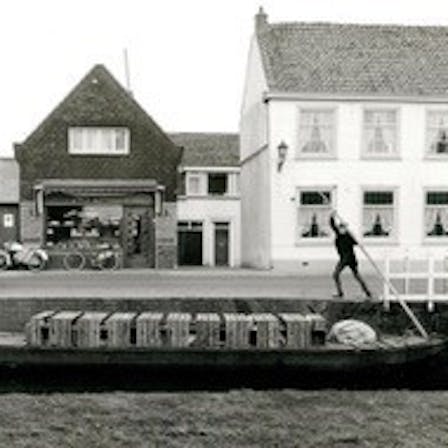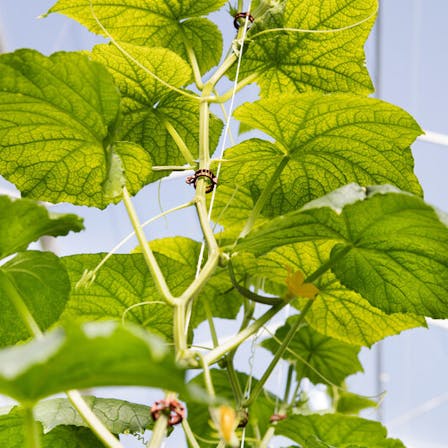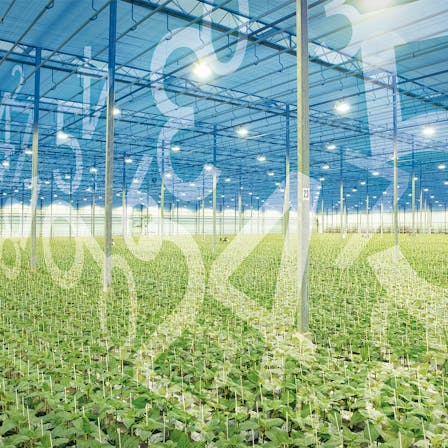

After the Second World War the economy started to build up again, which resulted in a strong increase in demand throughout Europe. Small family businesses became multinational corporations. The size of companies increased, but the number of companies decreased. The best growers now specialize and enter into strategic partnerships with breeders and retailers.

In times where sustainability is on the agenda every day, the sector is facing new challenges. Every player in the sector now needs to contribute to minimize their impact on the environment. At the same time, the sector’s supply chain has become more transparent than ever, while customers have become more demanding. Driving factors now and in the future will be to adapt to these changes and to keep up with strict government regulations, while producing more healthy and nutritious food for the growing world population.

Where before cultivation was very labor-intensive and lots of resources were needed to grow fresh food, the sector must become less dependent on people and shift to a capital and data-driven form of cultivation. This is a necessary development, given the predicted labor shortages and succession issues that the sector could face in the future.

We are a global leader in the supply of innovative stone wool substrate solutions for the professional horticultural based on Precision Growing principles.